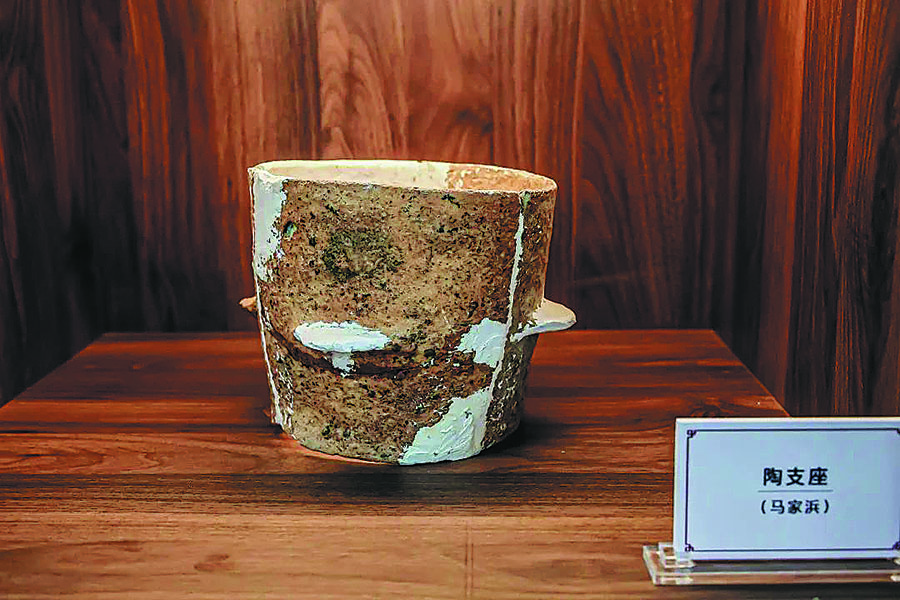Ancestral maneuvers


The Majiabang Culture represents the earliest Neolithic discovery in the Wuxi region and can be considered the cradle of civilization in this area.
"It is the first time that we have successfully obtained genetic data from an ancient man dating back 6,000 years to the Majiabang Culture period," says Du Panxin, a researcher at Fudan University's Institute of Science and Technology Archaeology.
Du says the maternal genetic type belonged to haplogroup F1a1'4, which is associated with ancestral groups in northern Vietnam (4,000-2,000 years ago), northern Laos (3,000 years ago), Indonesia (2,000 years ago), the Philippines (1,800 years ago), the Guangxi Zhuang autonomous region (1,500 years ago), and northern Thailand's Hanging Coffins (2,500-800 years ago). It suggests extensive ancient interactions and potential migrations across Southeast Asia, according to Du.
"By comparing this genetic type of the ancient people of the Majiabang Culture with the genetic lineage of modern language groups, we believe that the ancient people in Wuxi may be related to the ancestors of the Dong-Tai language family," Du adds.


















